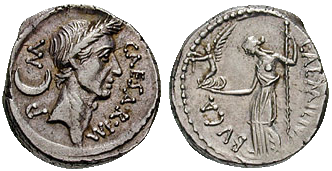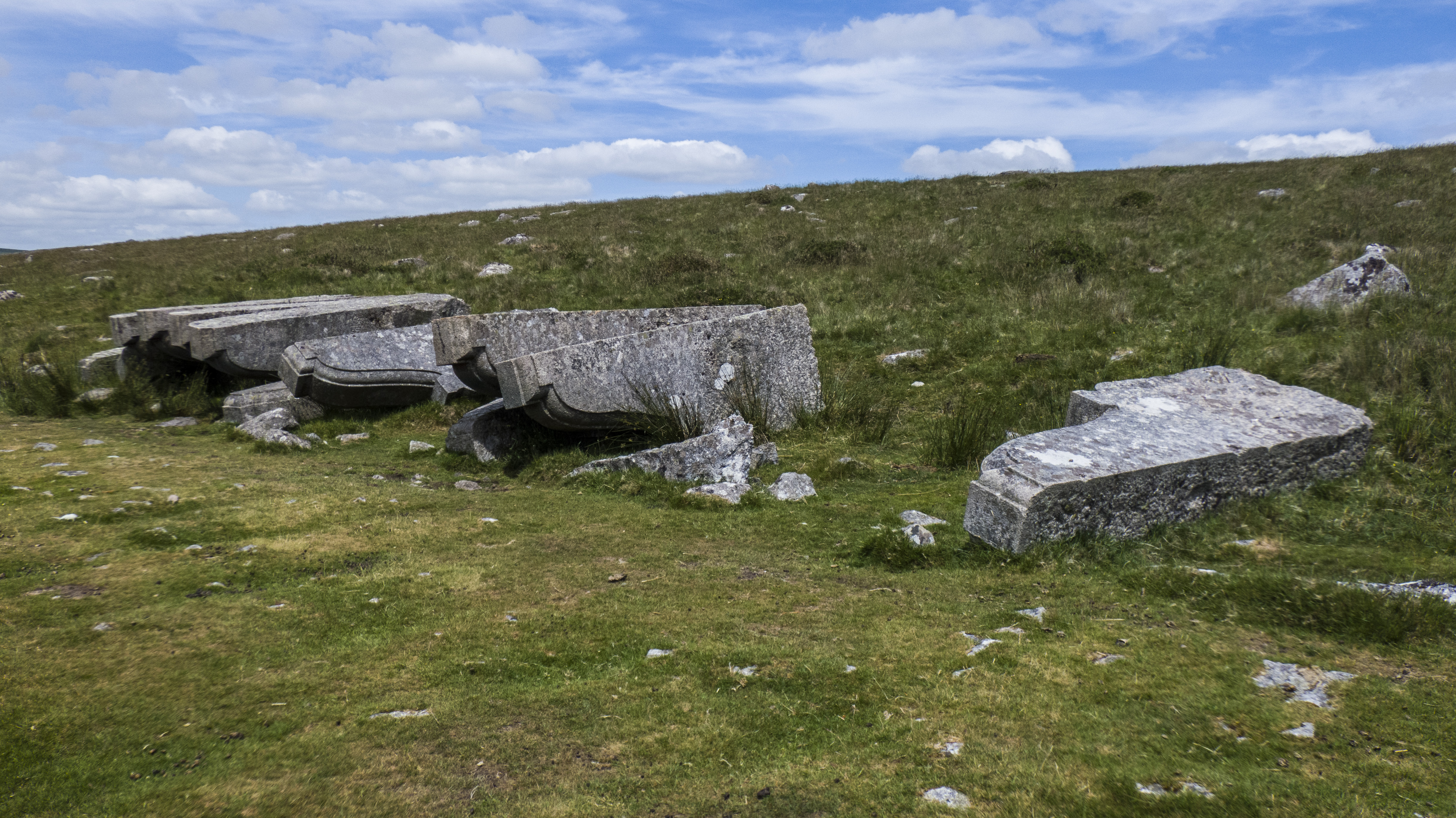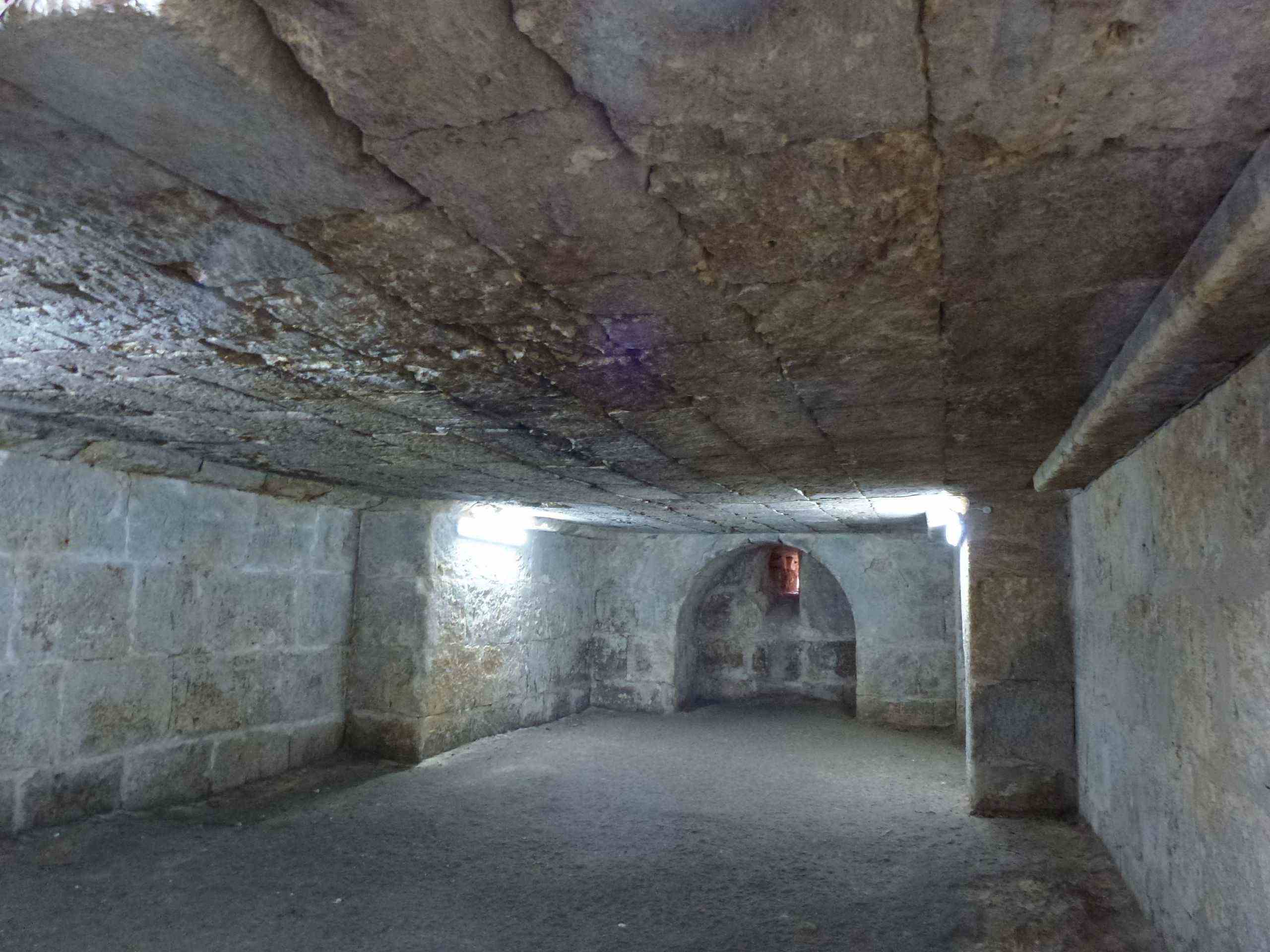|
Roman Architectural Revolution
__NOTOC__ The Roman architectural revolution, also known as the concrete revolution, is the name sometimes given to the widespread use in Roman architecture of the previously little-used architectural forms of the arch, Vault (architecture), vault, and dome. For the first time in Europe, possibly in the world (earlier experiments with arches in Ancient Egypt and Mesopotamia notwithstanding), the potential of these elements was fully appreciated and exploited in the construction of a wide range of civil engineering structures, public buildings, and military facilities. Throughout the Roman Empire, from Syria to Scotland, engineers erected structures using semicircular arches. The first use of arches was for civic structures, like drains and city gates. Later the arches were utilized for major civic buildings Roman bridge, bridges and Roman aqueduct, aqueducts, with the outstanding 1st century Anno Domini, AD examples provided by the Colosseum, Pont Du Gard, and the aqueduct of Seg ... [...More Info...] [...Related Items...] OR: [Wikipedia] [Google] [Baidu] |
Rome (Italy, October 2019) - 275 (50589571796)
Rome (Italian language, Italian and , ) is the capital city and most populated (municipality) of Italy. It is also the administrative centre of the Lazio Regions of Italy, region and of the Metropolitan City of Rome. A special named with 2,746,984 residents in , Rome is the list of cities in the European Union by population within city limits, third most populous city in the European Union by population within city limits. The Metropolitan City of Rome Capital, with a population of 4,223,885 residents, is the most populous metropolitan cities of Italy, metropolitan city in Italy. Rome metropolitan area, Its metropolitan area is the third-most populous within Italy. Rome is located in the central-western portion of the Italian Peninsula, within Lazio (Latium), along the shores of the Tiber Valley. Vatican City (the smallest country in the world and headquarters of the worldwide Catholic Church under the governance of the Holy See) is an independent country inside the city boun ... [...More Info...] [...Related Items...] OR: [Wikipedia] [Google] [Baidu] |
Triumphal Arch
A triumphal arch is a free-standing monumental structure in the shape of an archway with one or more arched passageways, often designed to span a road, and usually standing alone, unconnected to other buildings. In its simplest form, a triumphal arch consists of two massive Pier (architecture), piers connected by an arch, typically crowned with a flat entablature or Attic style, attic on which a statue might be mounted or which bears commemorative inscriptions. The main structure is often decorated with carvings, sculpted reliefs, and dedications. More elaborate triumphal arches may have multiple archways, or in a tetrapylon, passages leading in four directions. Triumphal arches are one of the most influential and distinctive types of ancient Roman architecture. Effectively invented by the Romans, and using their skill in making arches and vaults, the Roman triumphal arch was used to commemorate victorious generals or significant public events such as the founding of new Colonia ... [...More Info...] [...Related Items...] OR: [Wikipedia] [Google] [Baidu] |
Theatre Of Marcellus
The Theatre of Marcellus (, ) was an ancient open-air theatre in Rome, Italy, built in the closing years of the Roman Republic. It is located in the modern rione of Sant'Angelo. In the sixteenth century, it was converted into a palazzo. Construction and Roman period use Space for the theatre was cleared by Julius Caesar, who was murdered before its construction could begin; the theatre was advanced enough by 17 BC that part of the celebration of the '' ludi saeculares'' took place within the theatre; it was completed in 13 BC and formally inaugurated in 12 BC by Augustus,Leland M. Roth 1993 ''Understanding Architecture: Its Elements, History and Meaning'' (Westview Press: Boulder, CO and Cassius Dio 54.26.1., pp 230-31 named after his nephew Marcus Claudius Marcellus who had died in 23 BC. The theatre was 111 m in diameter and was the largest and most important theatre in Ancient Rome; it could originally hold between 11,000 and 20,000 spectators. A catalogue compiled at the en ... [...More Info...] [...Related Items...] OR: [Wikipedia] [Google] [Baidu] |
Mausoleum Of Augustus
The Mausoleum of Augustus (; ) is a large tomb built by the Roman Emperor Augustus in 28 BC on the Campus Martius in Rome, Italy. The mausoleum is located on the Piazza Augusto Imperatore, near the corner with Via di Ripetta as it runs along the Tiber. The grounds cover an area equivalent to a few city blocks nestled between the church of San Carlo al Corso and the Museum of the Ara Pacis. After being closed for fourteen years to perform restoration work, the mausoleum was reopened to the public in March 2021. Description The mausoleum was circular in plan, consisting of several concentric rings of earth and brick, faced with travertine on the exterior, and planted with cypresses on the top tier. The whole structure was capped (possibly, as reconstructions are unsure at best) by a conical roof and a huge bronze statue of Augustus. Vaults held up the roof and opened up the burial spaces below. Twin pink granite obelisks flanked the arched entryway; these have been removed; ... [...More Info...] [...Related Items...] OR: [Wikipedia] [Google] [Baidu] |
Augustus
Gaius Julius Caesar Augustus (born Gaius Octavius; 23 September 63 BC – 19 August AD 14), also known as Octavian (), was the founder of the Roman Empire, who reigned as the first Roman emperor from 27 BC until his death in AD 14. The reign of Augustus initiated an Roman imperial cult, imperial cult and an era of regional hegemony, imperial peace (the or ) in which the Roman world was largely free of armed conflict. The Principate system of government was established during his reign and lasted until the Crisis of the Third Century. Octavian was born into an equites, equestrian branch of the plebeian Octavia gens, Octavia. Following his maternal great-uncle Julius Caesar's assassination of Julius Caesar, assassination in 44 BC, Octavian was named in Caesar's will as his Adoption in ancient Rome, adopted son and heir, and inherited Caesar's name, estate, and the loyalty of his legions. He, Mark Antony, and Marcus Lepidus formed the Second Triumvirat ... [...More Info...] [...Related Items...] OR: [Wikipedia] [Google] [Baidu] |
Tie Rod
A tie rod or tie bar (also known as a hanger rod if vertical) is a slender structural unit used as a tie and (in most applications) capable of carrying tensile loads only. It is any rod or bar-shaped structural member designed to prevent the separation of two parts, as in a vehicle. Subtypes and examples of applications * In airplane structures, tie rods are sometimes used in the fuselage or wings. * Tie rods are often used in steel structures, such as bridges, industrial buildings, tanks, towers, and cranes. * Sometimes tie rods are retrofitted to bowing or subsiding masonry walls (brick, block, stone, etc.) to keep them from succumbing to lateral forces. The ends of the rods are secured by anchor plates which may be visible from the outside. * The rebar used in reinforced concrete is not referred to as a "tie rod", but it essentially performs some of the same tension-force-counteracting purposes that tie rods perform. * In automobiles, the ''tie rods'' are part of the steerin ... [...More Info...] [...Related Items...] OR: [Wikipedia] [Google] [Baidu] |
Corbel
In architecture, a corbel is a structural piece of stone, wood or metal keyed into and projecting from a wall to carry a wikt:superincumbent, bearing weight, a type of bracket (architecture), bracket. A corbel is a solid piece of material in the wall, whereas a console is a piece applied to the structure. A piece of timber projecting in the same way was called a "tassel" or a "bragger" in England. The technique of corbelling, where rows of corbels deeply keyed inside a wall support a projecting wall or parapet, has been used since Neolithic (New Stone Age) times. It is common in medieval architecture and in the Scottish baronial style as well as in the vocabulary of classical architecture, such as the modillions of a Corinthian order, Corinthian cornice. The corbel arch and corbel vault use the technique systematically to make openings in walls and to form ceilings. These are found in the early architecture of most cultures, from Eurasia to Pre-Columbian architecture. A conso ... [...More Info...] [...Related Items...] OR: [Wikipedia] [Google] [Baidu] |
Lintel Arch
A jack arch is a structural element in masonry construction that provides support at openings in the masonry. Alternate names are lintel arch, flat arch and straight arch. Unlike regular arches, jack arches are not curved in form. Instead, they are flat in profile and are used under the same circumstances as lintels. Unlike lintels, which are subject to bending stress, jack arches are composed of individual masonry elements cut or formed into a wedge shape that efficiently uses the compressive strength of the masonry in the same manner as a regular arch. Like regular arches, jack arches require a mass of masonry to either side to absorb the considerable lateral thrust created by the jack arch. Jack arches have the advantage of being constructed from smaller pieces of material that can be handled by individuals, as opposed to lintels which must necessarily be monolithic and which must be oversized unless reinforced by other means. In small-scale brick masonry projects, jack arch ... [...More Info...] [...Related Items...] OR: [Wikipedia] [Google] [Baidu] |
Opus Caementicium
Roman concrete, also called , was used in construction in ancient Rome. Like its modern equivalent, Roman concrete was based on a hydraulic-setting cement added to an aggregate. Many buildings and structures still standing today, such as bridges, reservoirs and aqueducts, were built with this material, which attests to both its versatility and its durability. Its strength was sometimes enhanced by the incorporation of pozzolanic ash where available (particularly in the Bay of Naples). The addition of ash prevented cracks from spreading. Recent research has shown that the incorporation of mixtures of different types of lime, forming conglomerate "clasts" allowed the concrete to self-repair cracks. Roman concrete was in widespread use from about 150 BC; some scholars believe it was developed a century before that. It was often used in combination with facings and other supports, and interiors were further decorated by stucco, fresco paintings, or coloured marble. Further inn ... [...More Info...] [...Related Items...] OR: [Wikipedia] [Google] [Baidu] |
List Of Ancient Architectural Records
This is the list of ancient architectural records consists of record-making architectural achievements of the Greco-Roman world from c. 800 BC to 600 AD. Bridges *The highest bridge over the water or ground was the single-arched Pont d'Aël which carried irrigation water for Aosta across a deep Alpine gorge. The height of its deck over the torrent below measures 66 m. *The largest bridge by span was the Trajan's Bridge over the lower Danube. Its twenty-one timber arches spanned 50 m each from centreline to centreline. *The largest pointed arch bridge by span was the Karamagara Bridge in Cappadocia with a clear span of 17 m. Constructed in the 5th or 6th century AD across a tributary of the Euphrates, the now submerged structure is one of the earliest known examples of pointed architecture in late antiquity, and may even be the oldest surviving pointed arch bridge. *The largest rivers to be spanned by solid bridges were the Danube and the Rhin ... [...More Info...] [...Related Items...] OR: [Wikipedia] [Google] [Baidu] |






